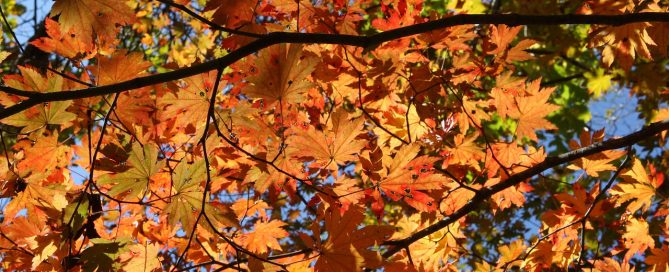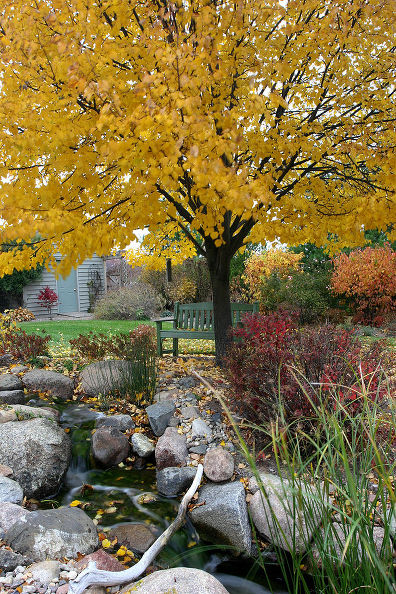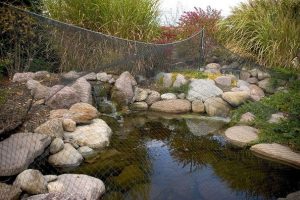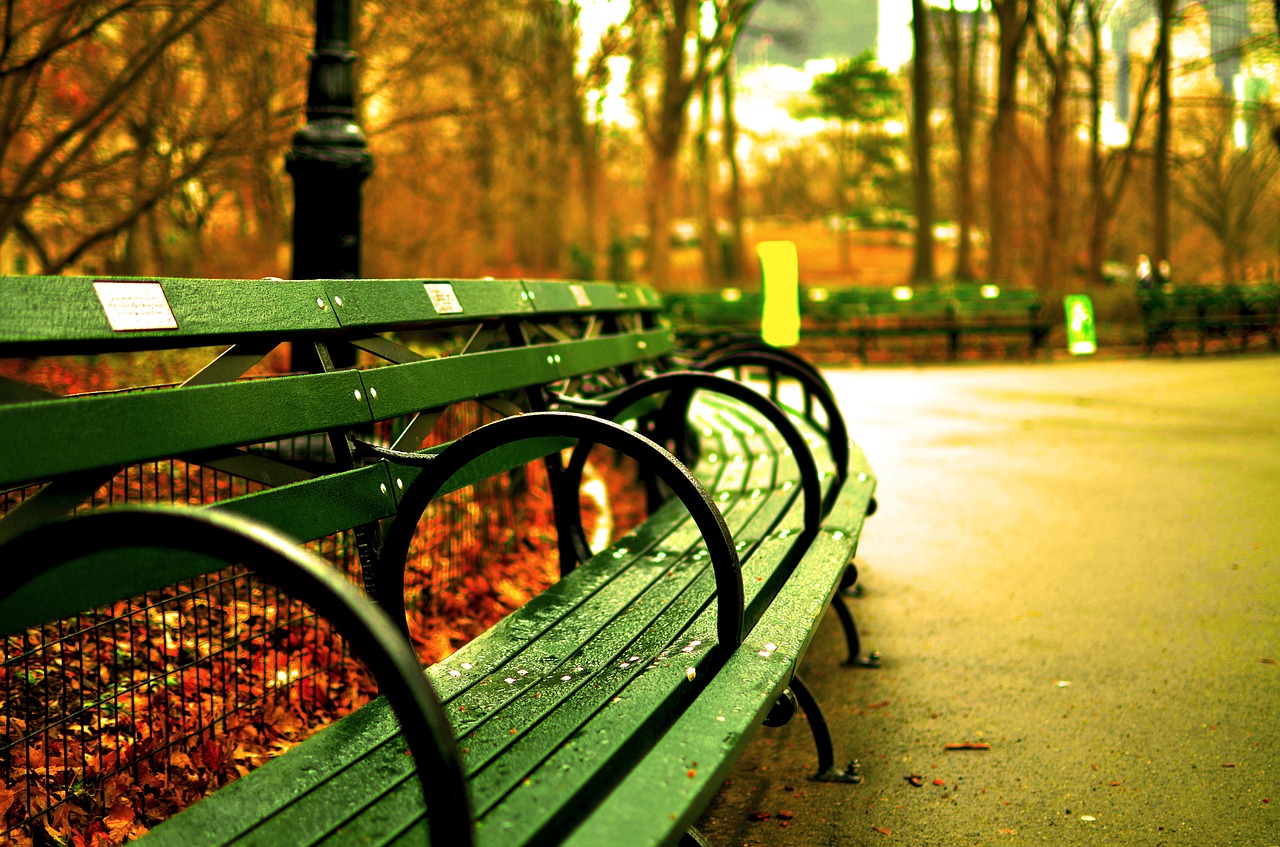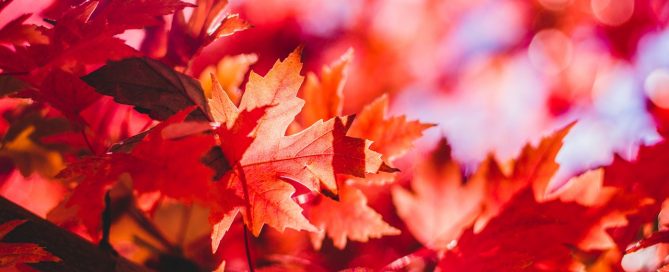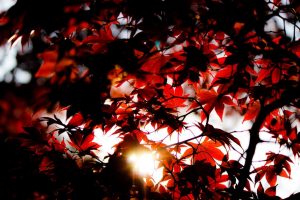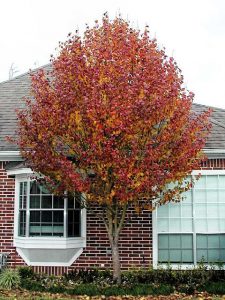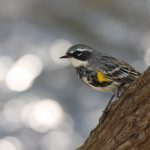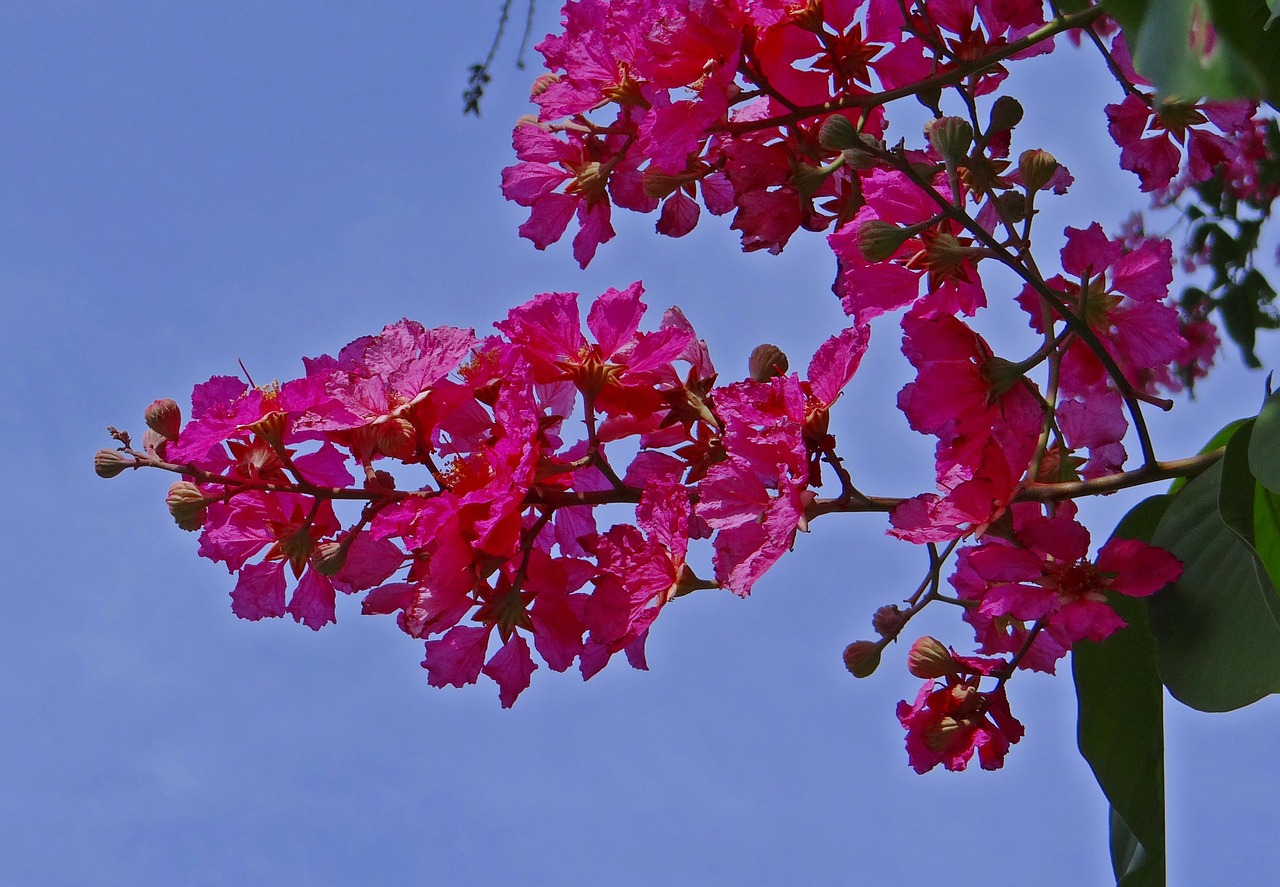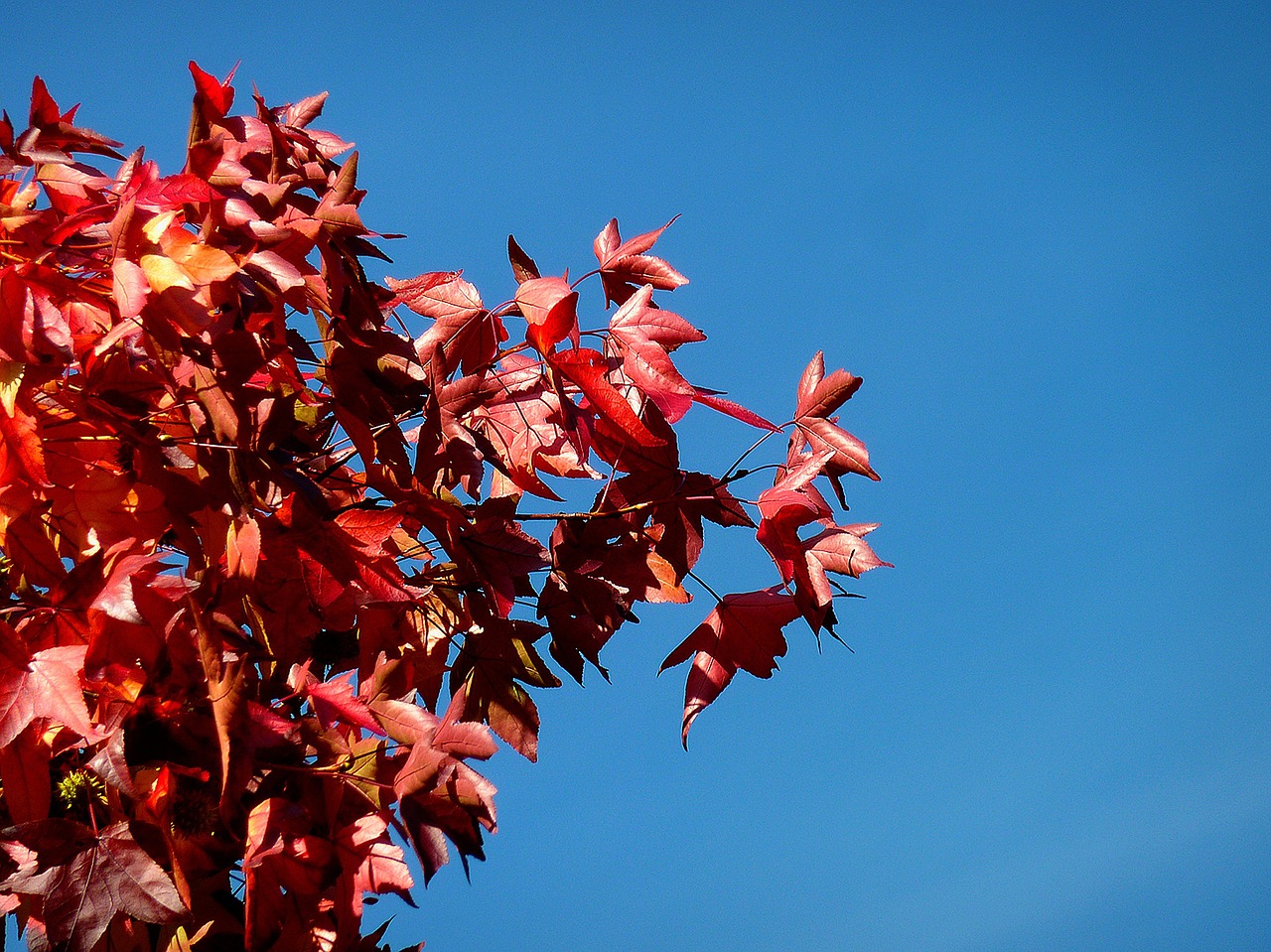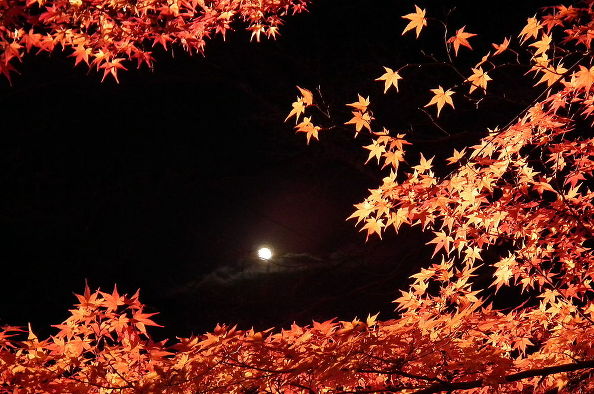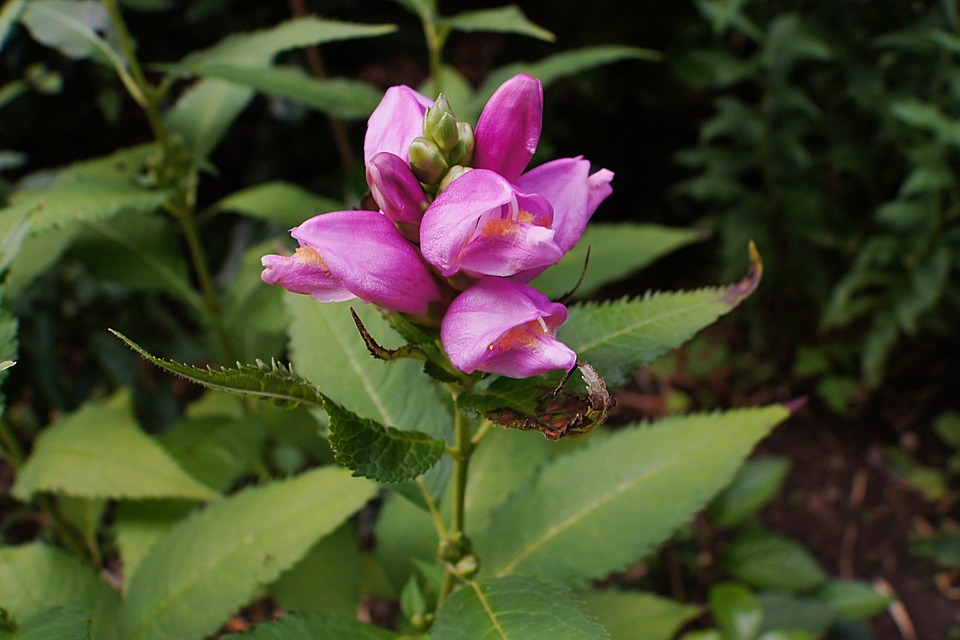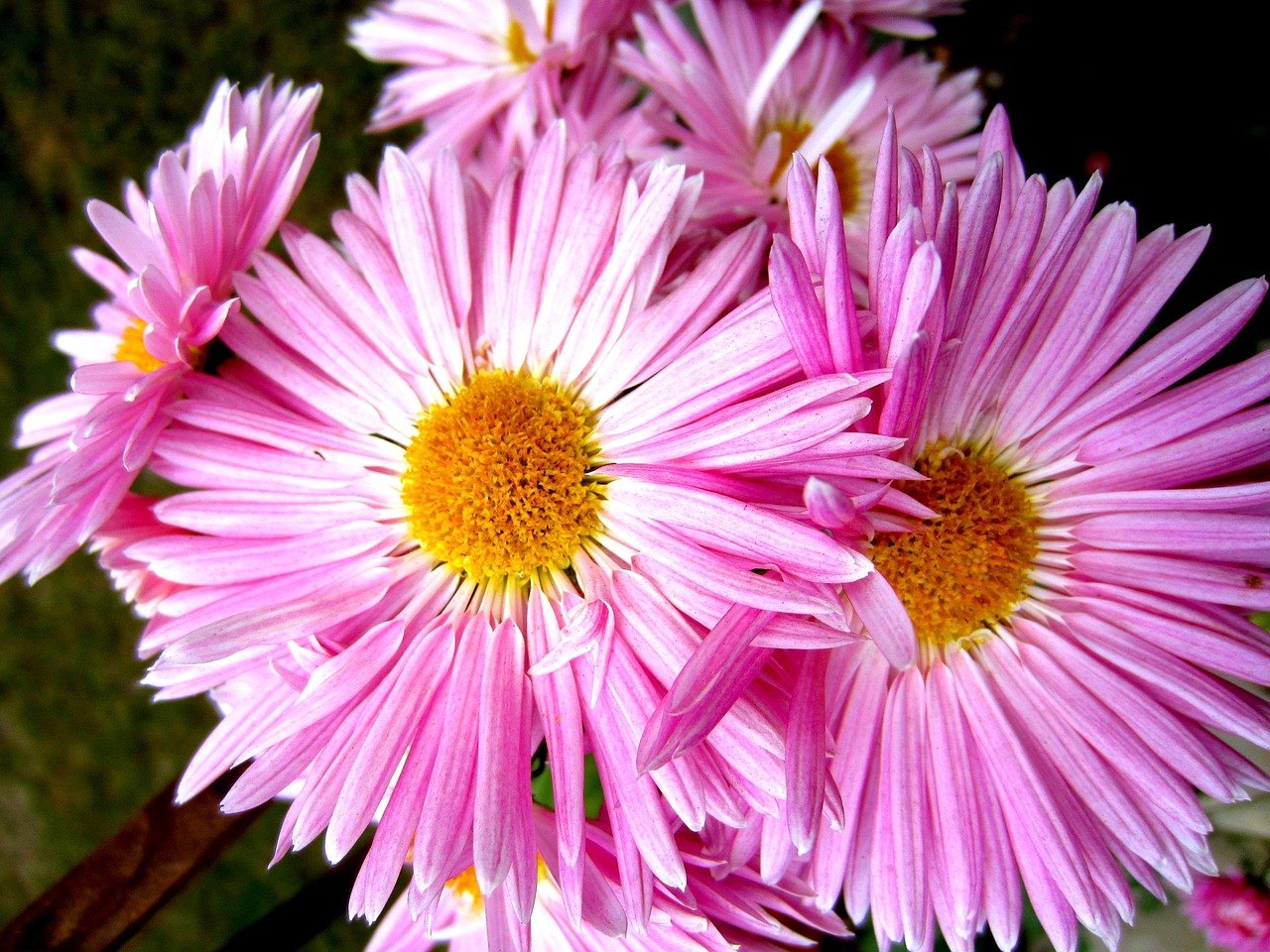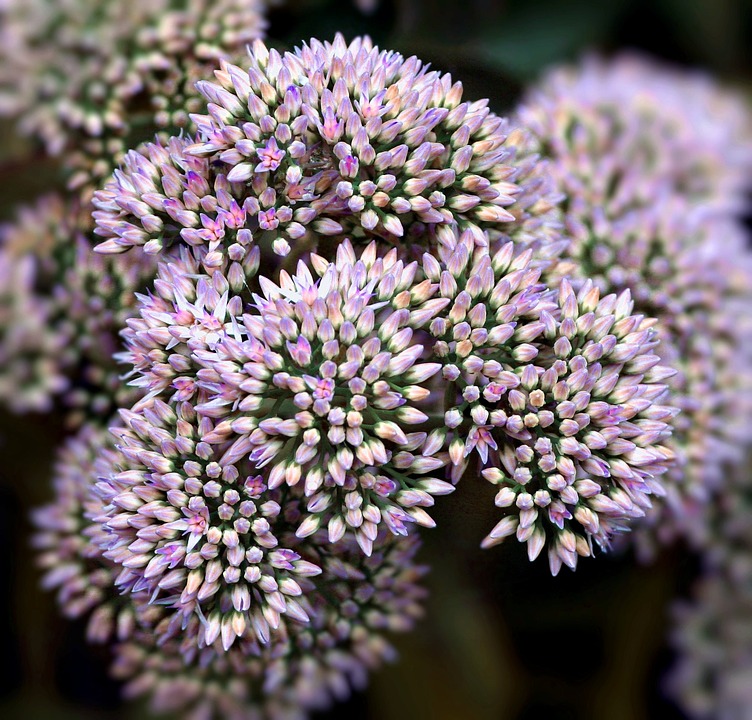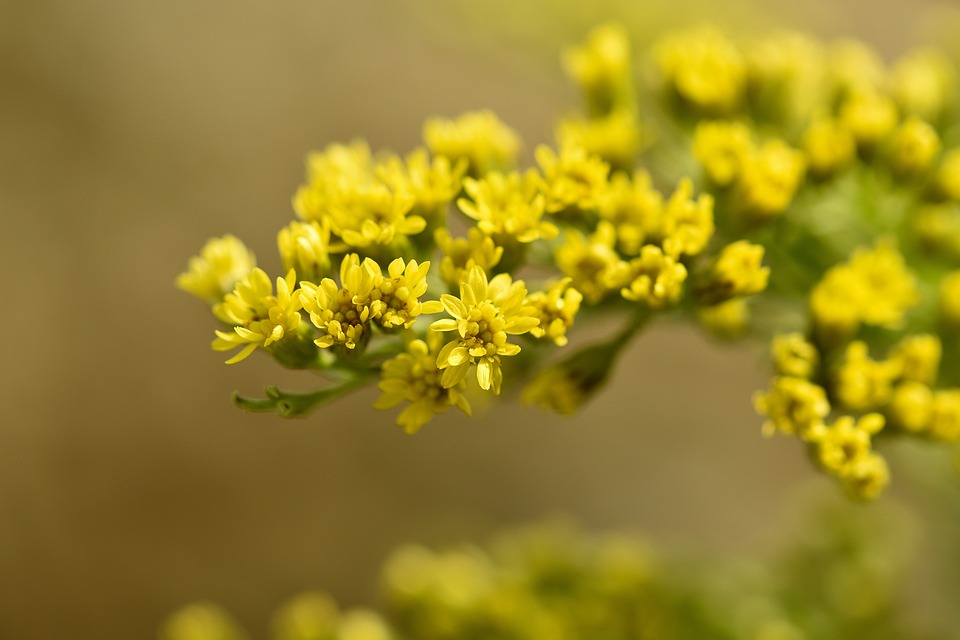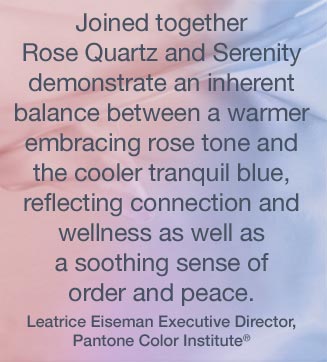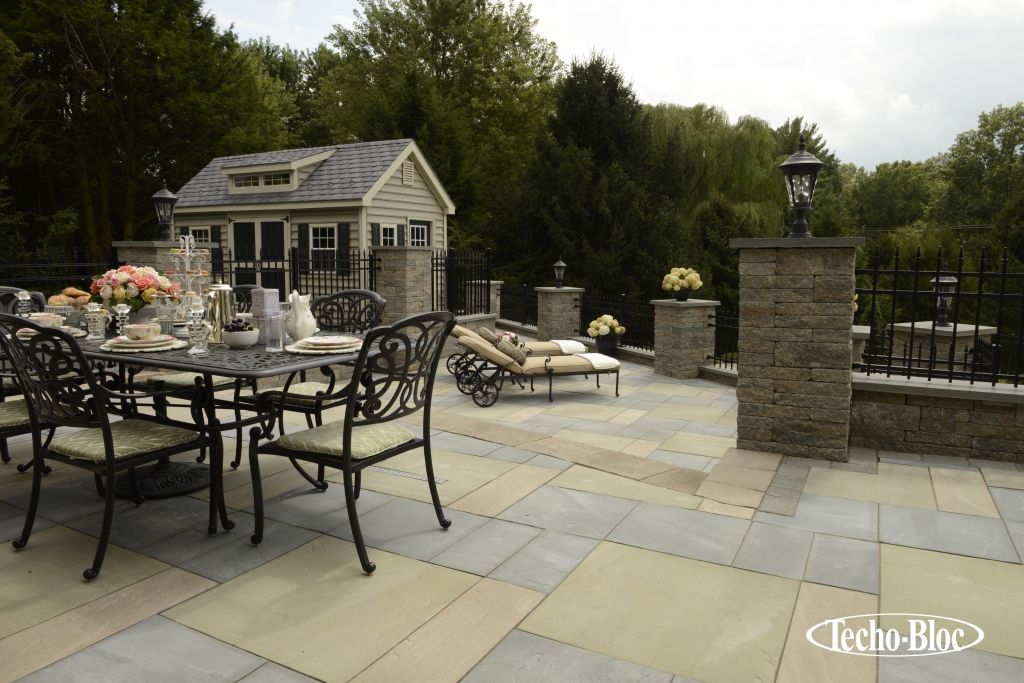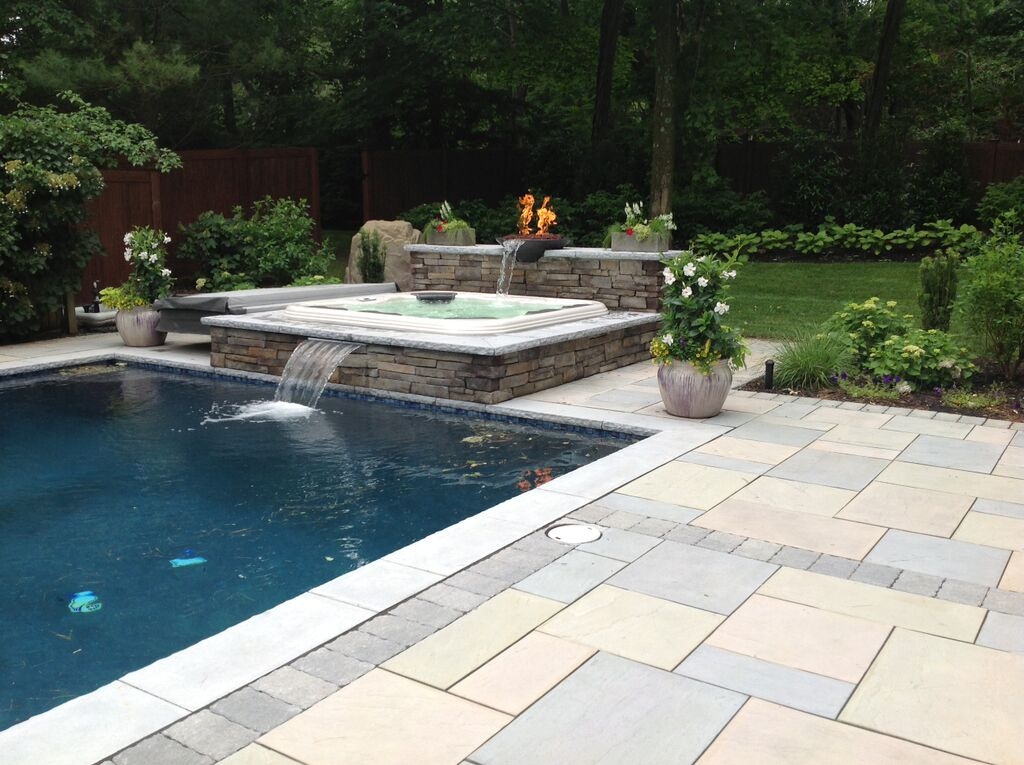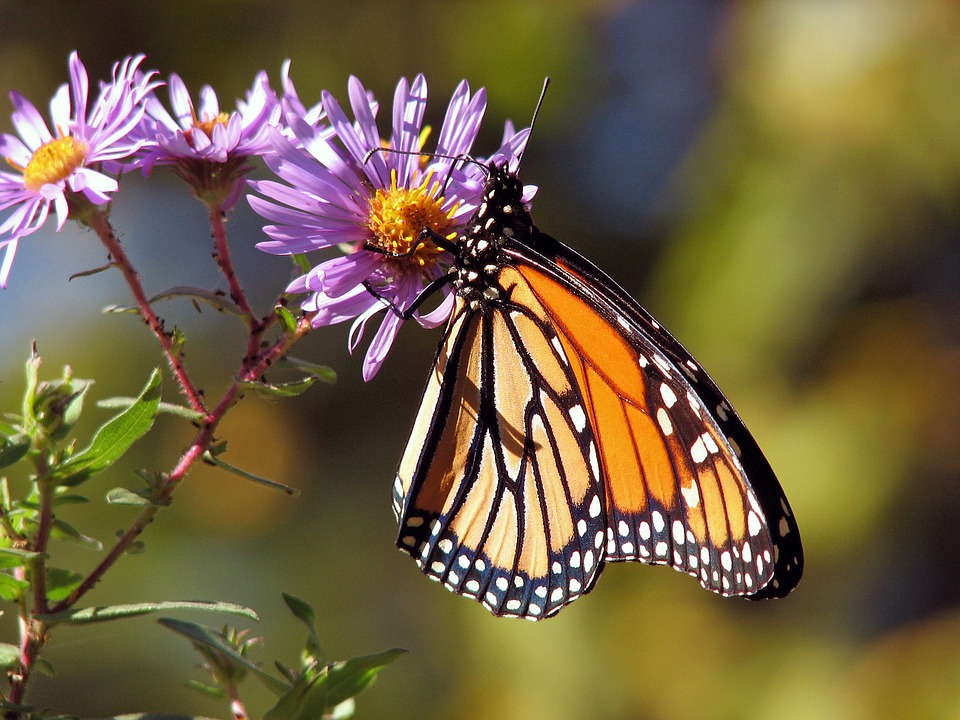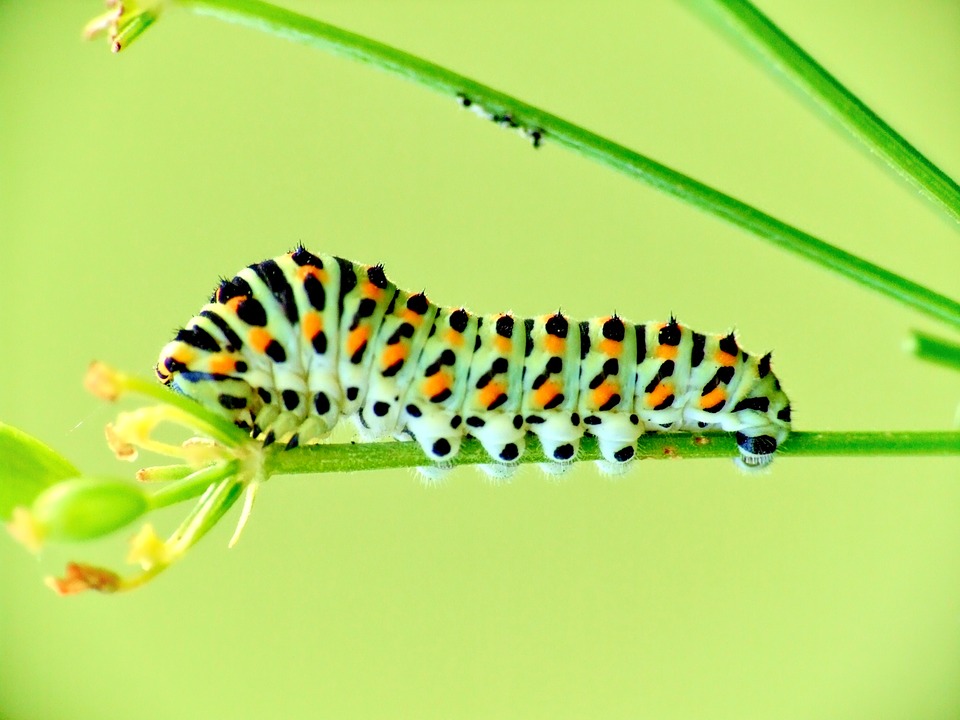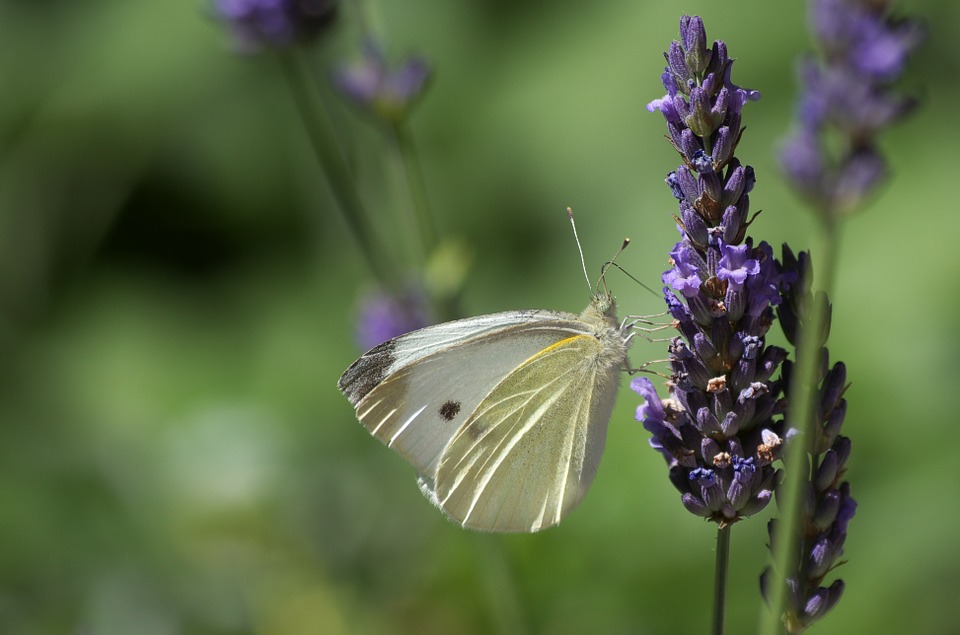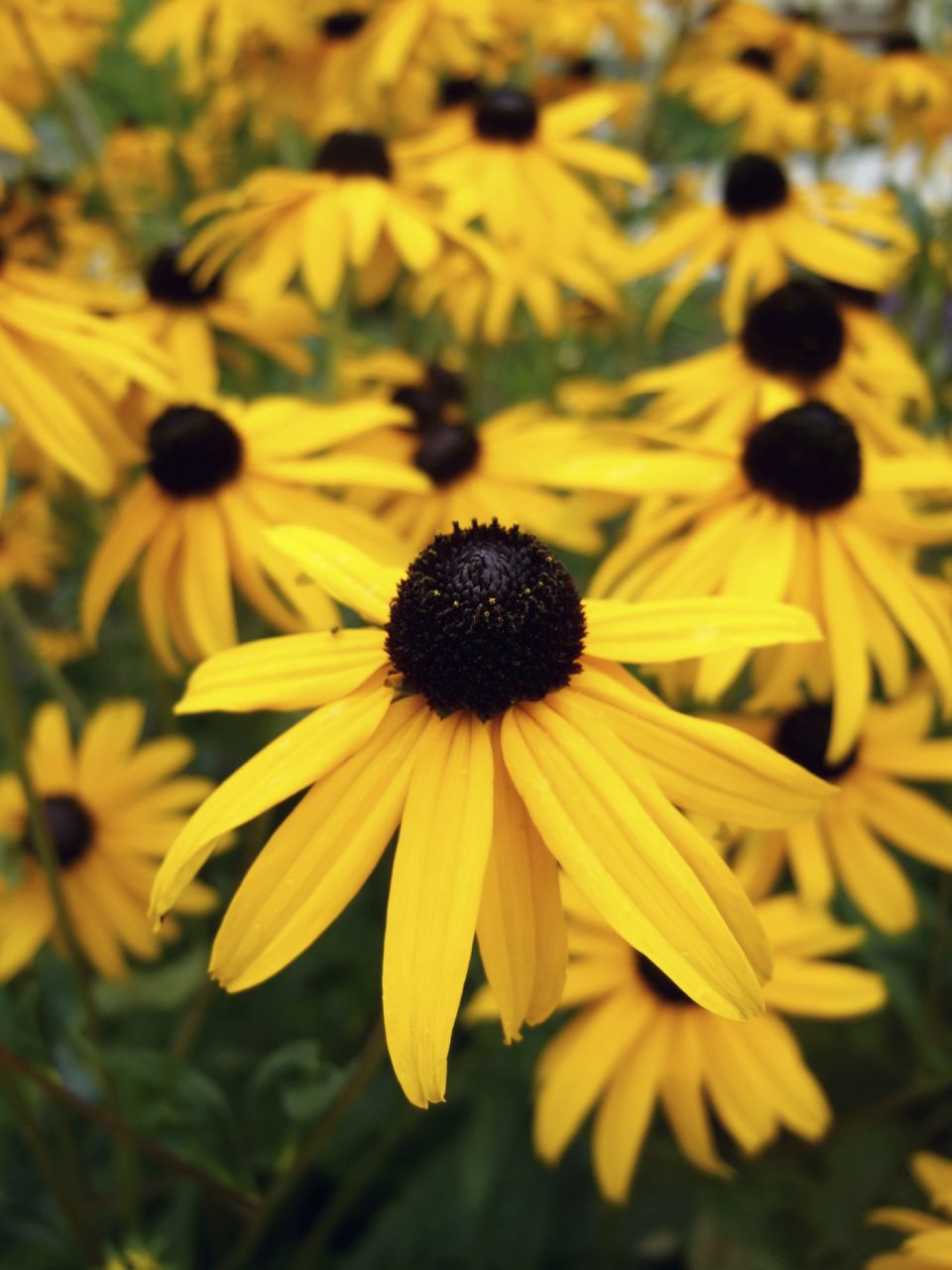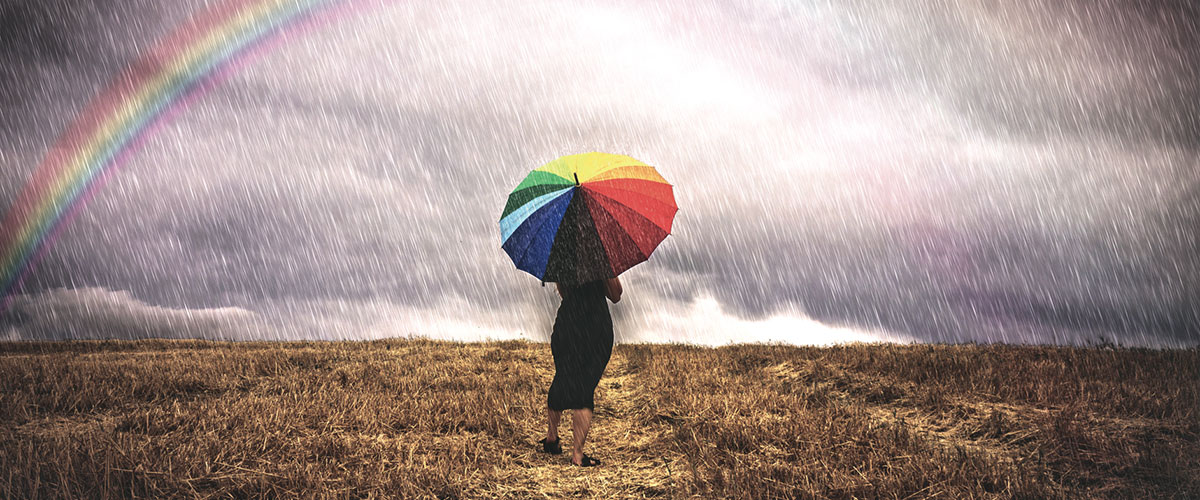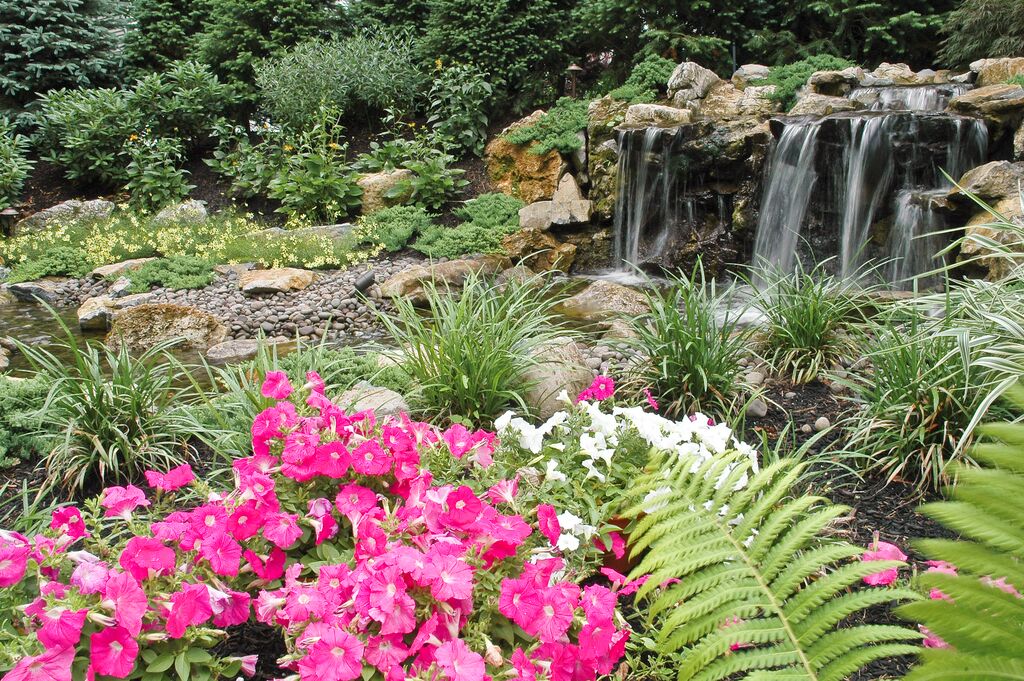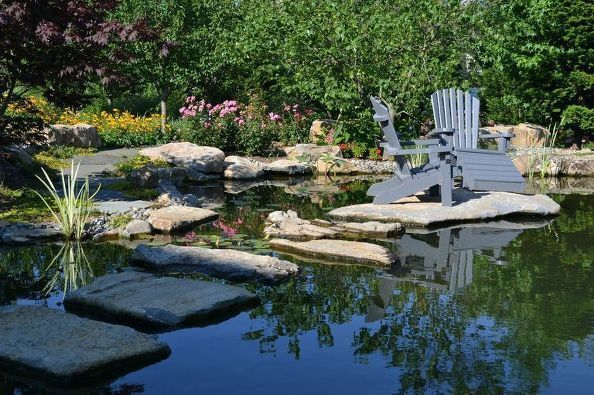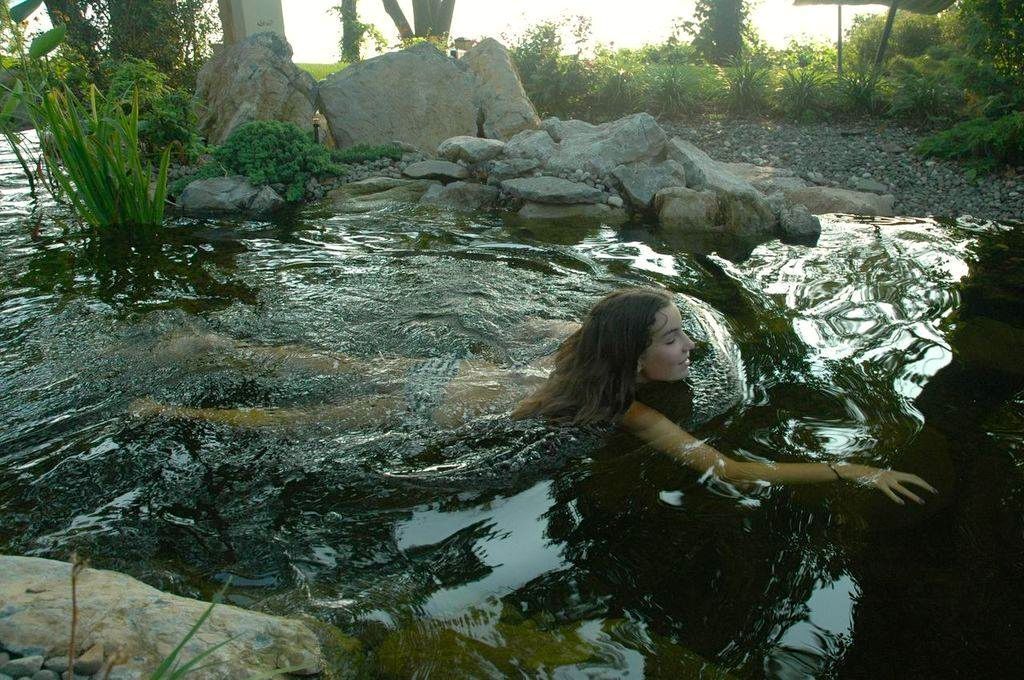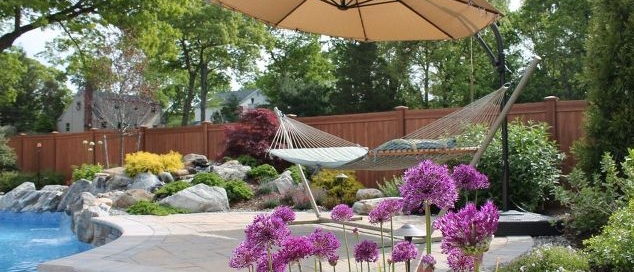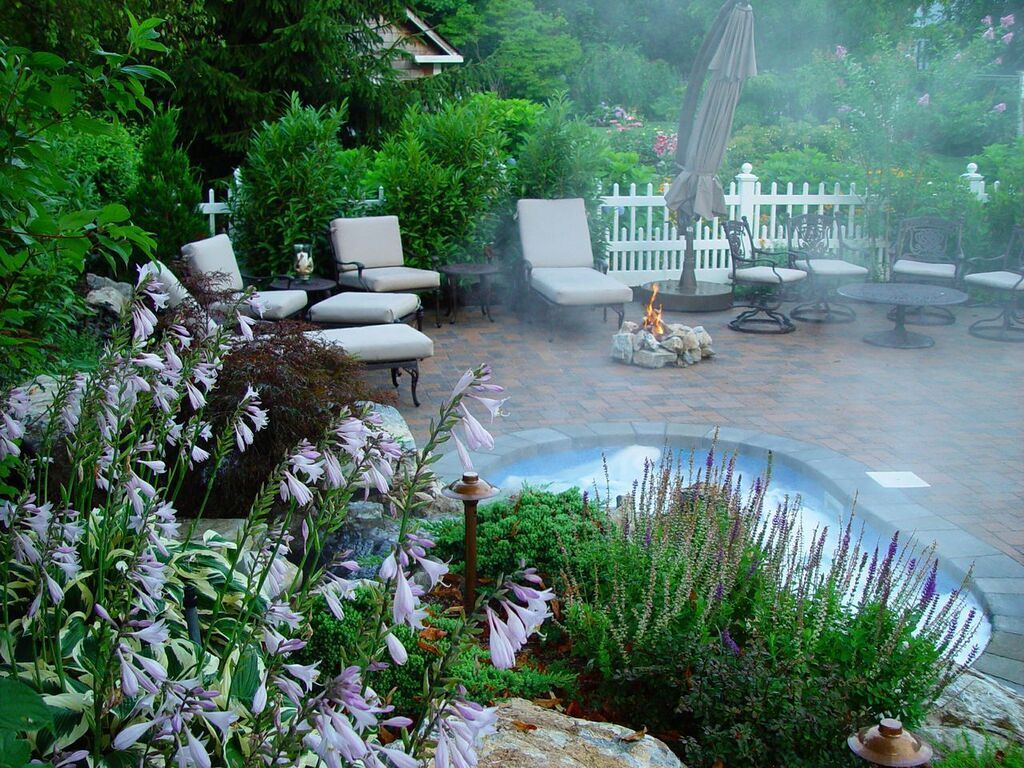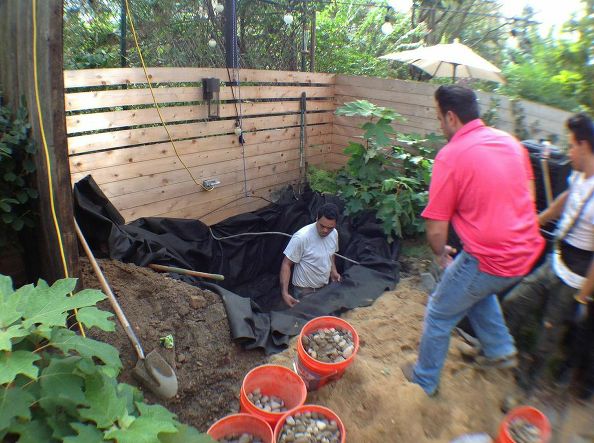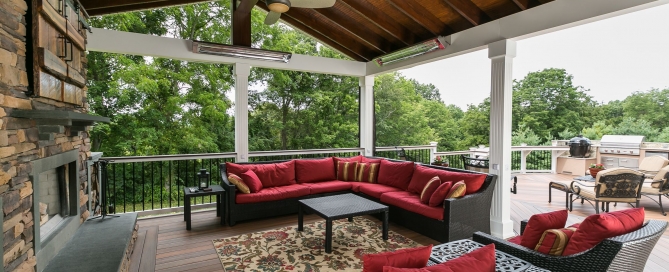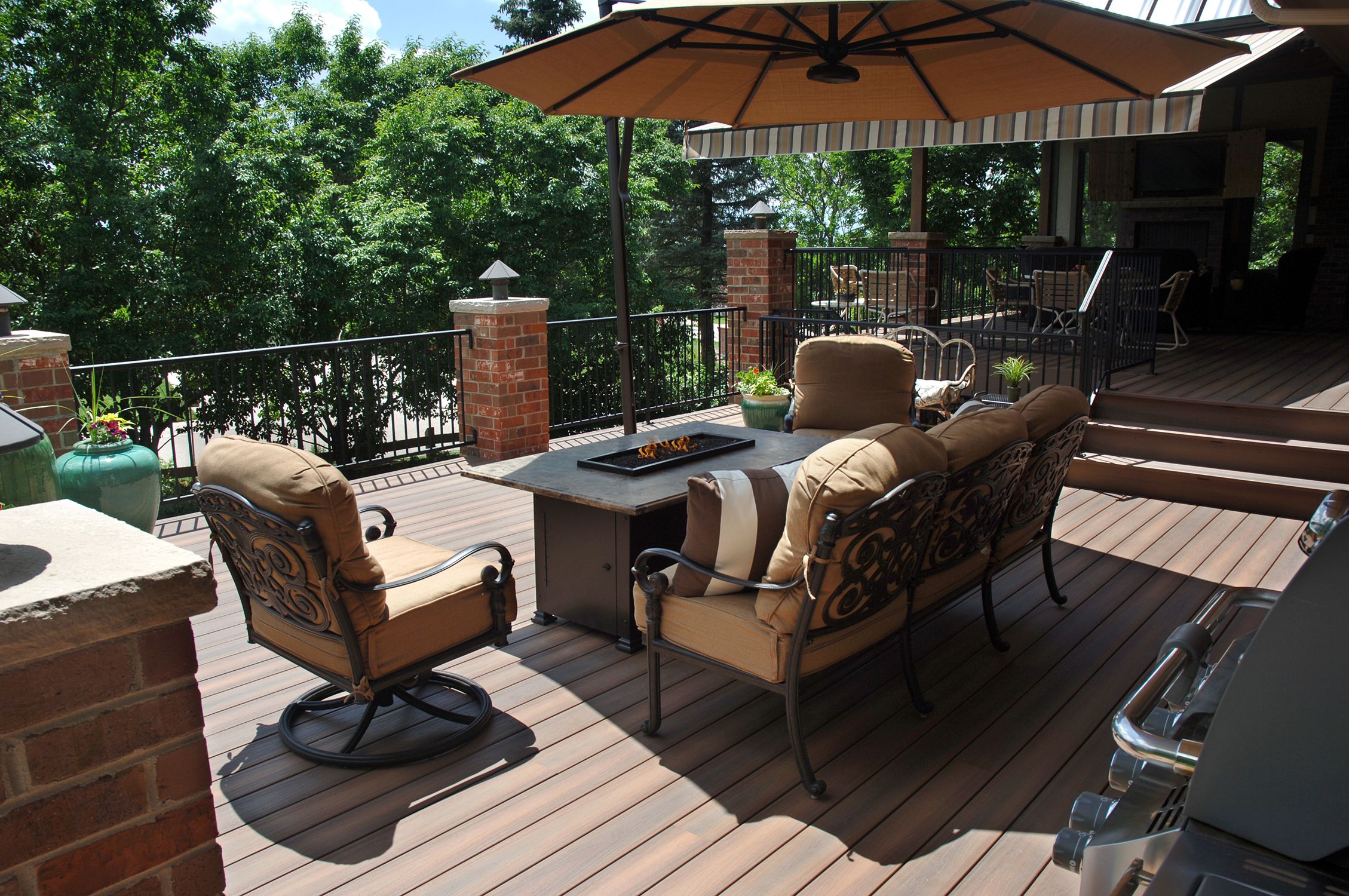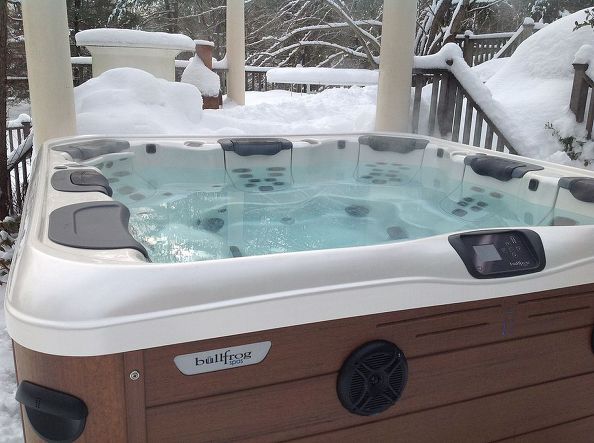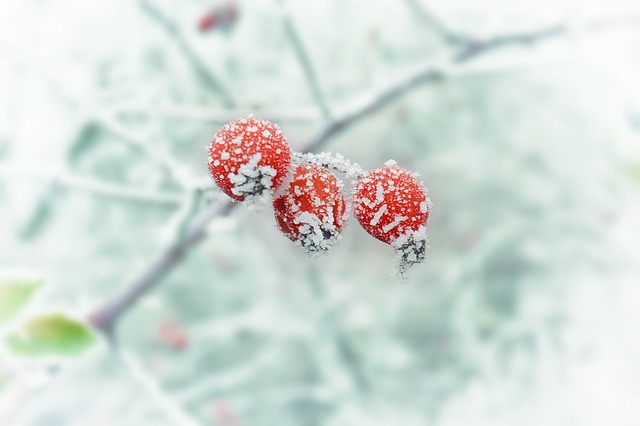Fall Maintenance Tips
Fall foliage is glorious. That is until the leaves fall. Indeed, clearing away fallen leaves from key outdoor areas is one of the most important chores you can do this time of year. Here’s some tips from Deck and Patio’s Dave Stockwell and Bill Renter on fall outdoor maintenance.
Tip 1: Tree Trimming:
Before leaves fall, Deck and Patio’s Bill Renter suggests looking up your trees to see if any branches are completely bare of leaves.
“This is a good indicator of what needs to be cut off. Also, look to see if any low-hanging branches are near power lines; trim these so the weight of winter’s ice or snow won’t pull them down into the wiring. Also, falling limbs can result in accidents to people, cars, and homes, so this is an important step in fall maintenance.”
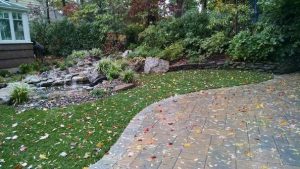 Tip # 2: Leaf Piles Are Unhealthy:
Tip # 2: Leaf Piles Are Unhealthy:
Forgive our paraphrasing an old adage, but when it comes to DIY fall maintenance: Don’t let the leaves fall where they may. “Too many leaves settled on your grass not only suffocates the lawn below, but piles of damp leaves breed insects and germs,” adds Deck and Patio owner, Dave Stockwell. “However, used correctly, collected leaves do make great compost or mulch.”
Tip # 3 Wet Foliage Can Stain:
“Fallen leaves also have tannin,” adds Bill. “The tannin can stain concrete, pavers and decks. People often don’t realize that it’s preferable to simply remove the leaves than to seal your deck or patio.”
Sealants, Bill explains, need to be regularly redone, which is a lot more maintenance than just getting rid of the leaves. (Indeed, some new deck materials such as Trex Transcend, don’t require sealants and it’s a good idea not to use them at all on these types of decks.)
Tip # 4 Fall Pond Maintenance:
We are nearing peak season for fall foliage here on Long Island and many backyard ponds are positioned near deciduous trees. Even if there aren’t trees hovering immediately around your pond, fallen leaves from nearby trees can also make it into the water.
“It’s advisable, then, if you haven’t already put up netting to catch falling debris, we suggest you tend to that soon in order to maintain your stream or pond’s water. Once all the leaves have dropped, you can pull up the net and get rid of the leaves. You’ll be delighted come spring how much cleaner your water will be and how much less maintenance will be needed.”
If you are fortunate to live in an area with an abundance of deciduous trees, you already know that fall foliage is a beautiful sight. So take your photos of the blazing colors, trek along your favorite orange-and-red-crowned paths, canoe beside vibrant vistas, and sometimes just stop to sit and ponder Nature’s majesty.
Just don’t let the beauty of it all make you forget the above chore tips. Whether you perform them yourself, or call a trusted landscaper, you’ll be happy you did.

